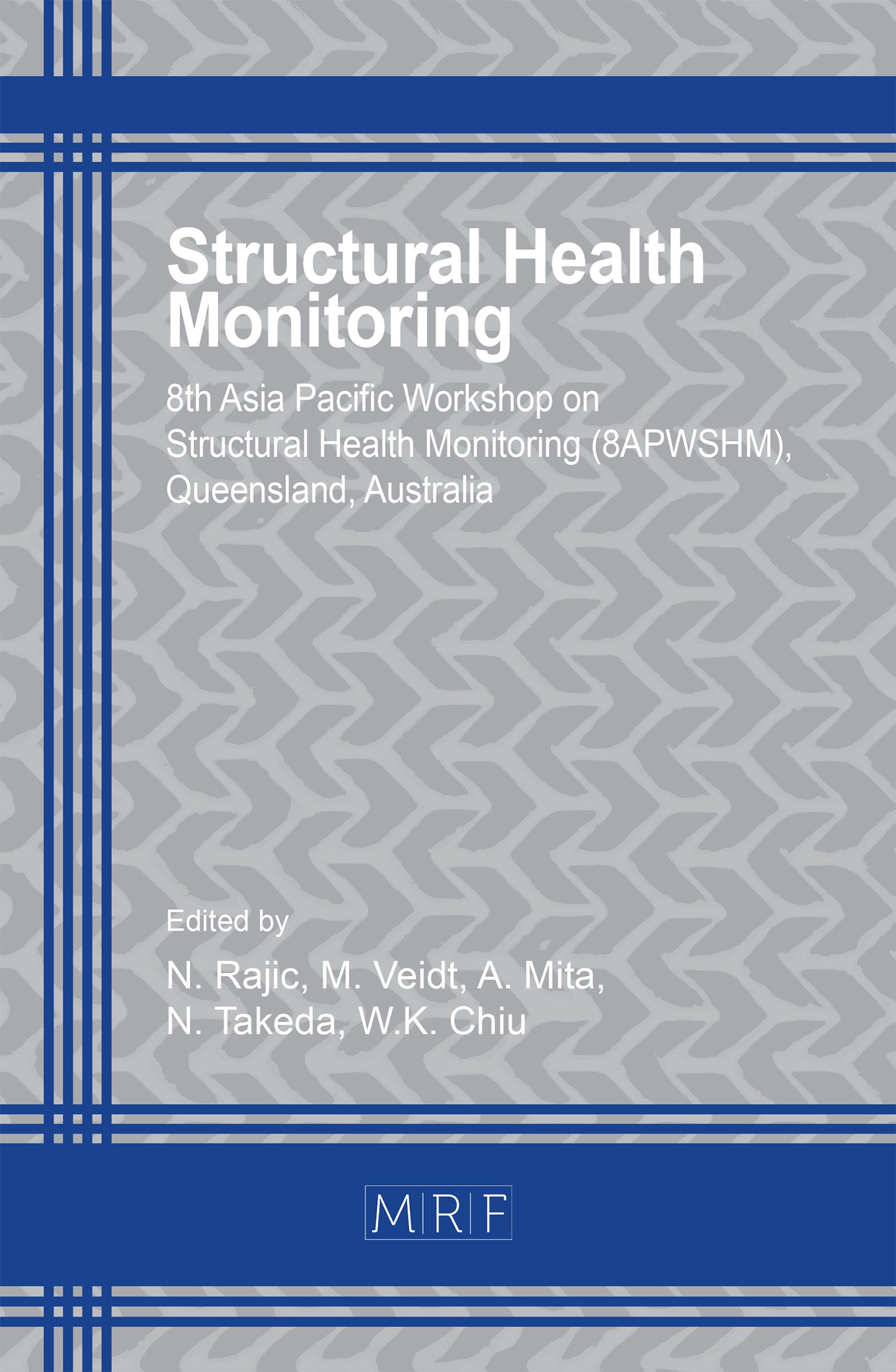Novel Outside-Facility Renovation Technology to Improve Cost-Effectiveness by Long-Term Safe Use
Masaki Waki, Soichi Ishikawa, Gen Kobayashi, Ryouichi Kaneko, Hiroaki Tanioka
download PDFAbstract. In order to provide telecommunication and FTTH services, we, NTT, have installed a large number of facilities such as utility poles and optical cables. The number of poles is about 11.9 million and the total length of all installed cables is now about 2.3 million km. These facilities are inspected and maintained by visual inspection by workers every 5 to 10 years, which imposes great costs on the operator. Therefore, we are researching a novel outside-facility renovation technology that can improve cost-effectiveness by long-term safe use. This technology consists of two techniques: a visualization technique of unbalanced tension and a quantitative analysis technique to determine the relationship between unbalanced tension and structural deterioration. In this paper, we describe the concept of the proposed technology. When a utility pole is newly installed, its design assumes that the maximum load consists of wind pressure on the cables. However, when it is impossible to construct a guy wire for bearing the load applied to the utility pole, an unbalanced load occurs because the load cannot be balanced. In addition, when the number of users of various services increases and cables are newly laid, unbalanced loads are generated. Utility poles carrying these unbalanced loads are at significant risk of collapse due to the presence of deflection, inclination, and cracks. Our proposal focuses on the unbalanced load itself, and by detecting and countering it, we aim to enable the use of outside-facilities for a longer period than at present and to reduce replacement costs without sacrificing safety and security. In addition, we also describe how ensuring the long-term safe use of outside-facilities can improve cost-effectiveness. The proposed technique first acquires 3D point cloud data by using 3D laser scanner. It then creates a 3D facility model and calculates the tension in utility poles and cables. In addition, we introduce a novel method to estimate the loads and tension of a whole span from part of the span. Experiments are conducted to compare the estimated and measured values. The results confirm the good agreement of the values (within 10%) which validates the proposal. We aim to realize a tension visualization scheme with improved accuracy.
Keywords
Utility Pole, Telecommunication, FTTH, Outside-Facility
Published online 2/20/2021, 6 pages
Copyright © 2021 by the author(s)
Published under license by Materials Research Forum LLC., Millersville PA, USA
Citation: Masaki Waki, Soichi Ishikawa, Gen Kobayashi, Ryouichi Kaneko, Hiroaki Tanioka, Novel Outside-Facility Renovation Technology to Improve Cost-Effectiveness by Long-Term Safe Use, Materials Research Proceedings, Vol. 18, pp 331-336, 2021
DOI: https://doi.org/10.21741/9781644901311-40
The article was published as article 40 of the book Structural Health Monitoring
![]() Content from this work may be used under the terms of the Creative Commons Attribution 3.0 licence. Any further distribution of this work must maintain attribution to the author(s) and the title of the work, journal citation and DOI.
Content from this work may be used under the terms of the Creative Commons Attribution 3.0 licence. Any further distribution of this work must maintain attribution to the author(s) and the title of the work, journal citation and DOI.
References
[1] Information NTT East: Telecommunication Facilities, Information NTT East
< https://www.ntt-east.co.jp/databook/pdf/2019_allpage.pdf>, (Retrieved 27.7.2020)
[2] T. Kurashima, H. Ieda, and M. Waki: Three-dimensional off-site access facility management technology using a mobile mapping system, 3rd Report, Shin-Gaku Gijutsuho, OFT2015-6, pp. 25-30, 2015.
[3] M. Waki, T. Goto, K. Katayama, and T. Kurashima: A study for the application of three-dimensional facility management technology to maintenance and inspection work – Three-dimensional off-site access facility management technology using mobile mapping system, 7th Report, Shin-Gaku Gijutsuho, OFT2016-22, pp. 25-28, 2016.
[4] M. Waki, T. Goto, and K. Katayama: 3D facility management technology using a mobile mapping system (MMS), Communications Society Magazine of the Institute of Electronics, Information and Communication Engineers, vol. 12, no. 1, pp. 39-45, 2018. https://doi.org/10.1587/bplus.12.39































